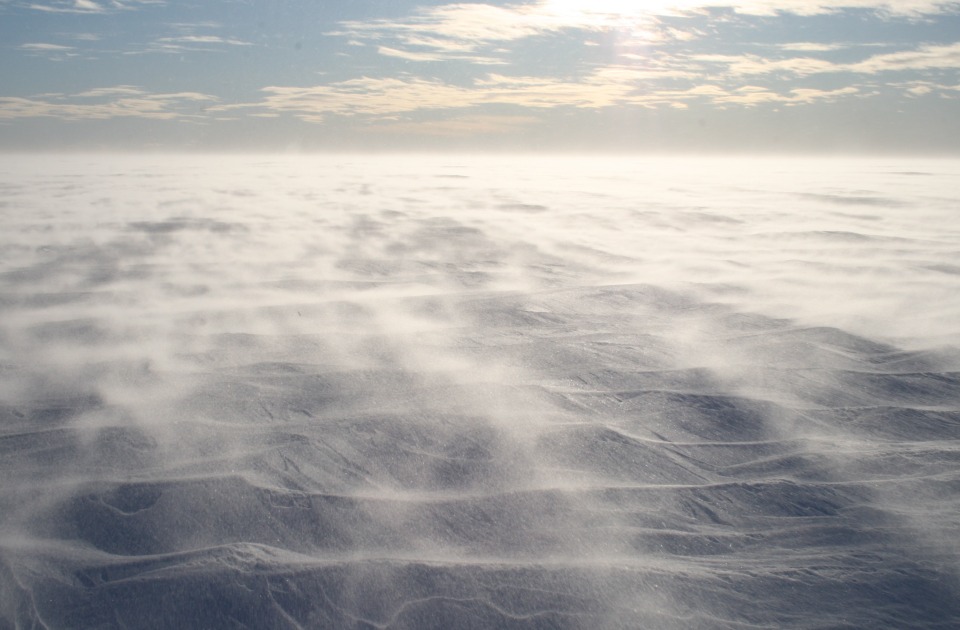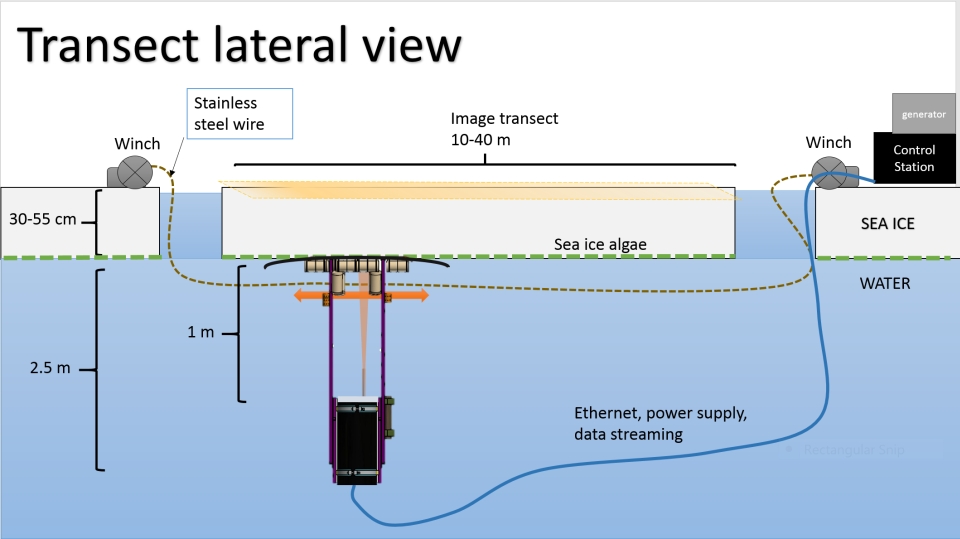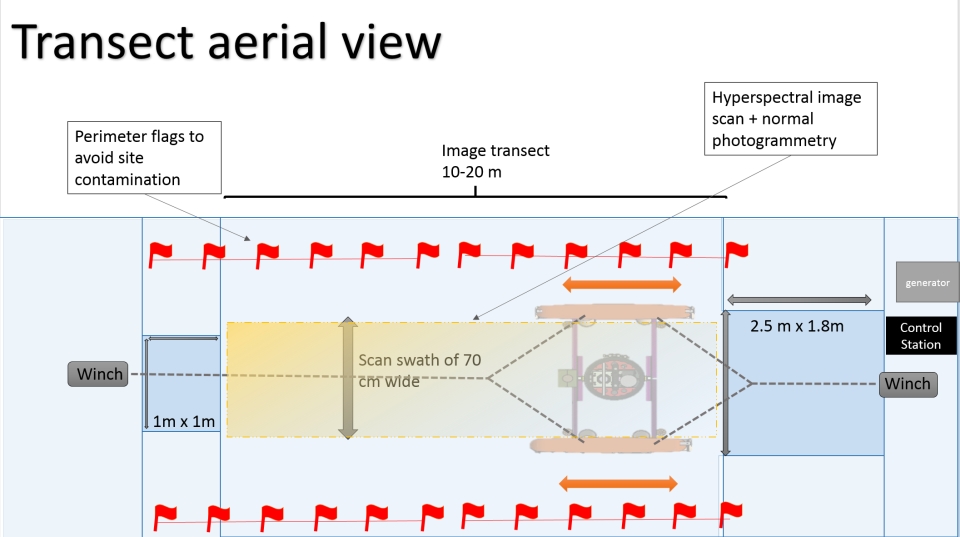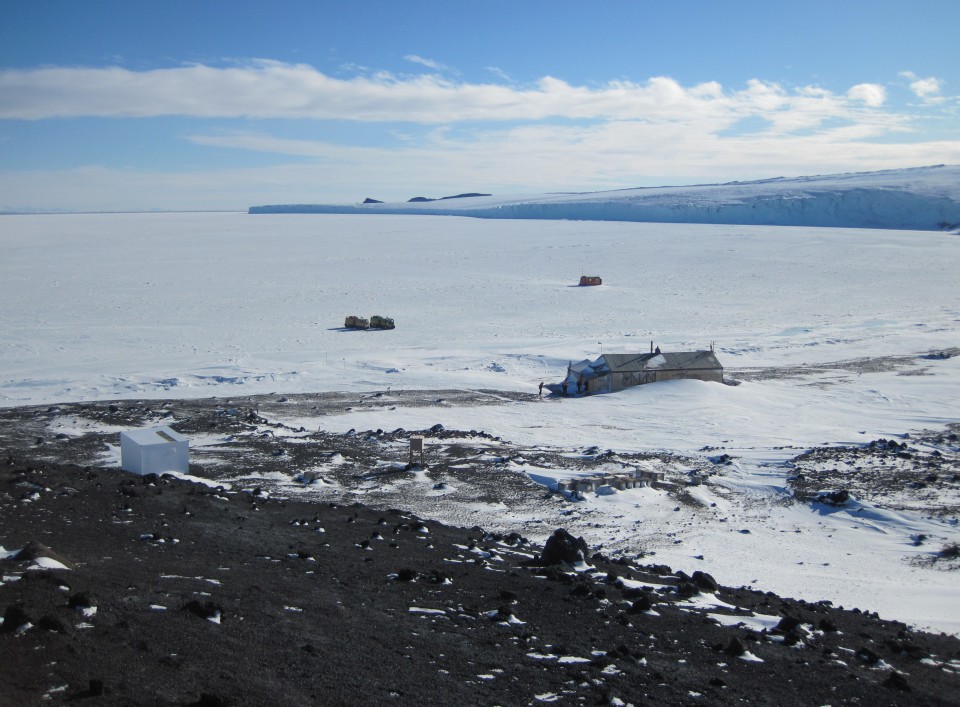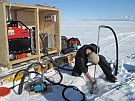Ken Ryan from Victoria University in Wellington will be leading a group of scientists who will be working in Antarctica to monitor Sea Ice Microbial Communities (SIMCO).
The importance of SIMCO
Antarctic sea ice supports algae which provides food for marine animals. Scientists want to gain a better understanding of how this algae may be affected by climate change. With climate change there is likely to be:
- Less sea ice due to warming
- More snow due to more moisture in the air.
Thinner sea ice and more snow cover will change the amount of light and heat that can travel through sea ice and into the ocean. This change in energy flow through the food web is likely to affect the whole marine ecosystem. But it is hard to know exactly how the marine ecosystem will be affected and how it will react.
This project will measure the size and health of sea ice microbial communities to work out how they might respond to changes in sea ice.
Aim
The goal of this project is to set up sensors which can measure the growth and health of sea ice algae.
This form of monitoring could be used to make measurements over a long period of time to see how sea ice algae is affected by climate change.
Method
The K043 science team will be using sensors to track the size and health of sea-ice microbial communities. To do this they will set up a wire line under the ice by:
- Melting two holes in the sea ice 10-40 metres apart
- Using a remotely controlled underwater vehicle to set up a winch line between the holes
- Attaching instruments to a sled which can be pulled along the line under the ice from one hole to the other to take images and record information about sea ice microbes.
What will this experiment achieve?
This method of monitoring has not been tried before. It is hoped that clear images will give scientists an accurate measure of the health and spread of SIMCO. This method can then be used across areas of different sea ice thickness to understand where SIMCO grows best and how it is affected by change.

